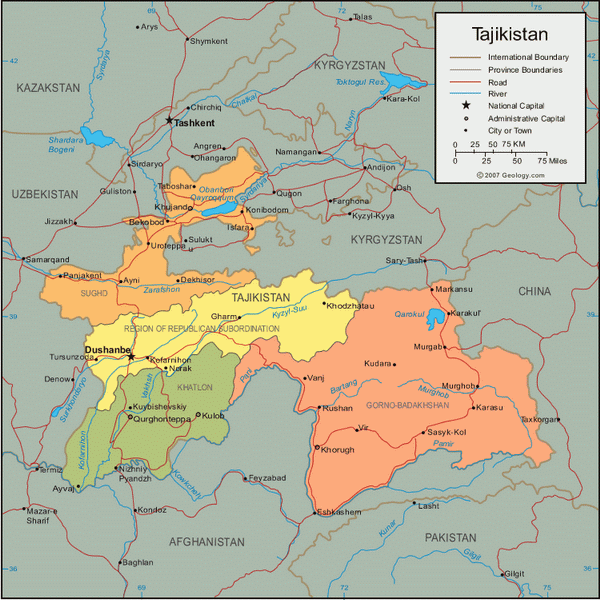Japanese Paper Art “ Origami”

Origami is a traditional Japanese art of paper folding, which started in 17th century and it has evolved into modern art.
info: “Ori” mean “folding” and “ Gami” mean “paper”
The purpose of this art is to transform a flat sheet of material into a finished sculpture by folding and sculpting techniques.
Different wonderful Origami:


Actually the original Origami is made of square sheet of paper whose sides different color and using cuts or glue are not consider to make Origami, but the modern Origami rules have been less strict, sometimes they cutting the paper or using non-square shapes of paper.
Some Origami which are made of Dollar bills:



The number of basic Origami folds is small, but they can be combined in different ways to make intricate designs. the most popular Origami model is "The Crane".
Different Cranes:
The largest Crane
(weighs 35,000 pounds, height 45 foot)
The smallest Crane
The Japanese have tried to involve this art to their life, they use it in different area such as :
-lighting
-Furnishing
(sofa made of leather the design inspired by Origami)
(bookshelf could be made of wood inspired by Origami)
-Decoration
(decor made of small Origami Crane)
-Finally.. build habitat !!
This Origami inspired house in Tokyo ..
with integrated car park..
(designed by architect Yasuhiro Yamashita)
Paper art had became a significant part of Japanese ceremony and japanese history, but now it becomes part of their daily life.
Actually I congratulate Japanese people they have succeed to combine their art with real life, that is called "Smart Art".
Nasser Bander
 It connects the municipalities of Jiaxing and Ningbo in Zhejiang province. At 117028 ft. (22 mi) in length, Hangzhou Bay Bridge is the longest trans-oceanic bridge in the world, but it does not have the longest cable-stayed main span.
It connects the municipalities of Jiaxing and Ningbo in Zhejiang province. At 117028 ft. (22 mi) in length, Hangzhou Bay Bridge is the longest trans-oceanic bridge in the world, but it does not have the longest cable-stayed main span.








































